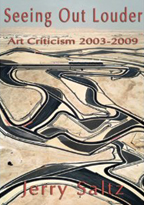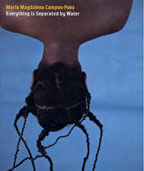« Art Critics' Reading List
SELENE WENDT
|
Selene Wendt is an art historian, curator, and writer who works as director of The Stenersen Museum in Oslo, Norway. She has curated numerous international exhibitions, including: “Shirin Neshat, Beyond Orientalism;” “Liza Lou, Leaves of Glass;” “Ghada Amer, Reading Between the Threads;” “Art Through the Eye of the Needle;” and “Equatorial Rhythms,” which included visual artists whose work is inspired by music and sound. She is the author and editor of publications such as Crispin Gurholt: Live Photo II and Marianne Heske: A Doll’s House, both recently published by Skira. |






































